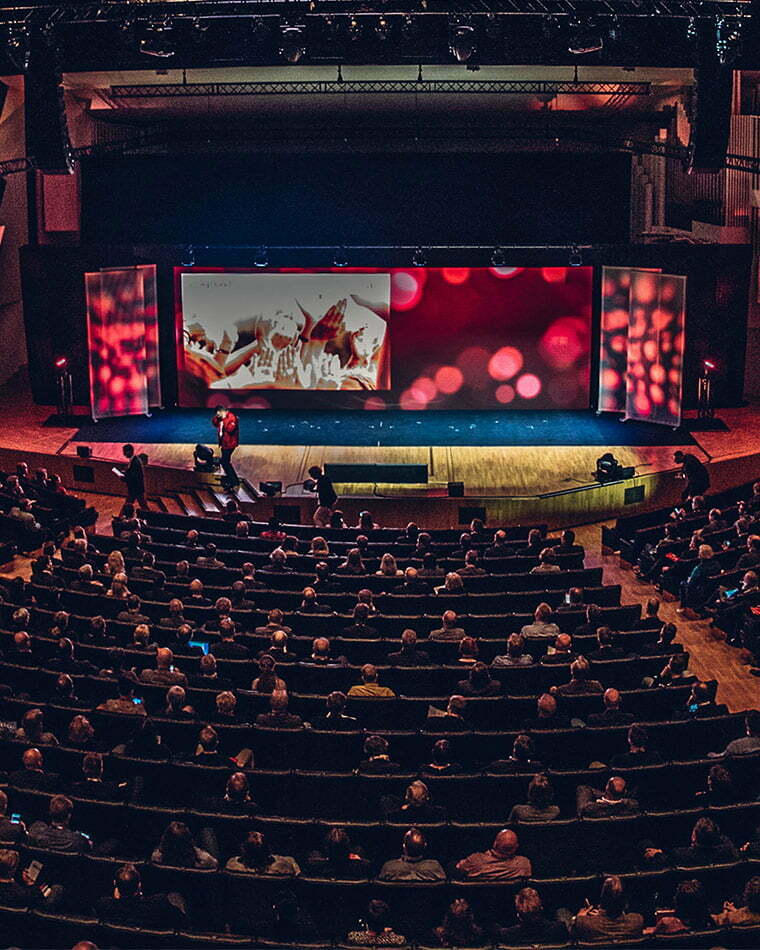From sending the invitations to the experiences shared by the participants, every event tells a story.
When planning your event, it is vital to consider the things you would like to highlight and communicate to the guests on the day. If you have a lot to say and a big product portfolio or offering, it can be easy to lose focus and end up with a little bit of this and a little bit of that. The participants will be confused by the flood of different messages and it will ultimately be left to them to figure out what the organiser meant to say with the event.
Instead of sharing everything that’s important, you should design a couple of core messages around which you can construct a narrative. Narratives are an efficient way of building brand image, since recognisable narratives leave an imprint and change the way people think and behave by evoking emotions.
”An event always communicates about the brand, and the brand defines how you look and act. But the narrative is what the guest experiences”, says Woltti Group CEO Jyrki Aittola.
Surpass the expectations built by the invitation
The event’s narrative begins with the invitation. It builds expectations and seeks to convince the invitees to attend.
“A few years ago, after sending out the invitations, we sprayed ‘clean graffiti’ with a pressure washer opposite the front doors of the invited companies to remind them of the event”, Jyrki Aittola says.
“The organiser wanted to build a closer relationship with the invitees and be the most attractive partner for them. The target group of young, experience-hungry adults was highly sought after, so it was crucial for the invitation to stand out.”
The event needs a plot arc. It is vital to live up to the expectations raised by the invitation, surprise the guests positively and leave the desired brand image in their heads.
But the narrative does not end when the guests leave. Post-event activities for reinforcing and extending the experience are vital in event communications. And you should not forget the invitees that did not show up either. If you do not include them in the experience, the invitation will remain a detached encounter with the brand, with no point of reference.
“In addition to the flashy reminder, we also created a closed social media group for the invitees. That enabled us to generate and maintain buzz that ended up reaching roughly 90 per cent of the invitees.”
The best events are talked about long after
The narrative of a particularly successful event will live on in conversations between people.
“When we had held the event for a couple of years running, we heard that the target group had started counting the days a year before the next one”, Jyrki Aittola says with a laugh.
In this case, investing in unexpected invitations and experiences really paid off, since they communicated a cohesive narrative of a desired brand.
“A brand is always an experience – it is created inside the head of the target group”, Aittola says.
“For the same reason, every event builds the brand, whether for good or ill. That’s why the brand needs to be consistent in all encounters with the target group, events included. It makes no difference whether the target group consists of customers, stakeholders or the company’s own staff.”
You can also confirm the success of your narrative after the event.
“As an acid test, you can ask the guests what they will say about the event afterwards. Was it worth it to go, and what was the primary impression left by the event?” Aittola concludes.
Would you like to tell your story through an event and make an impression on your target group? Contact us: jyrki.aittola@wolttigroup.fi









